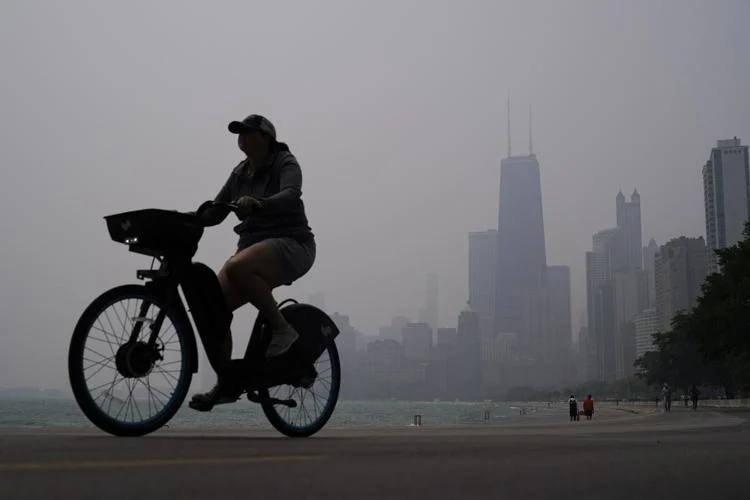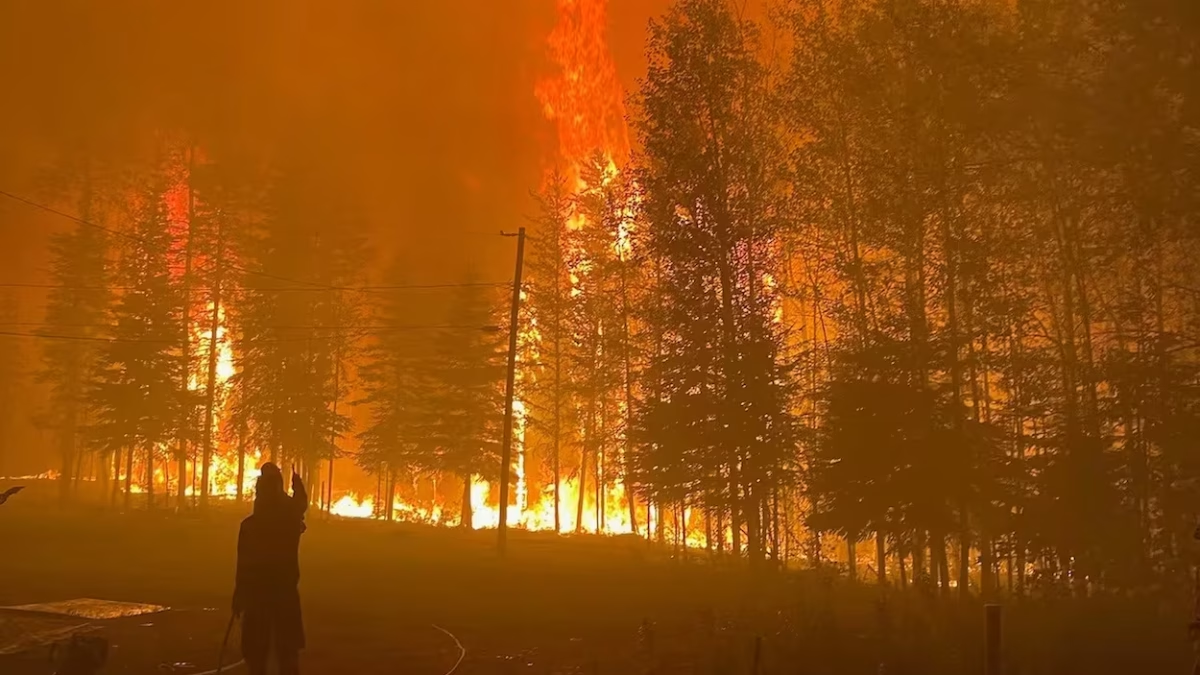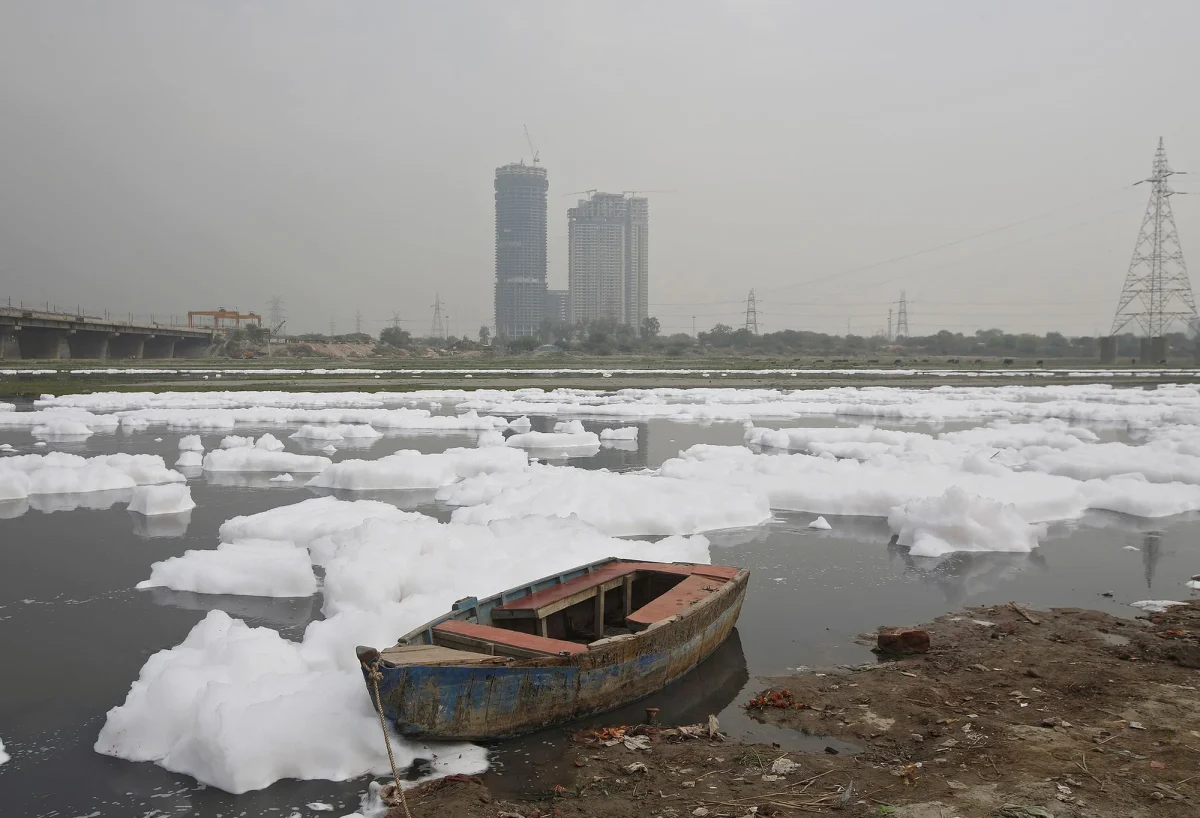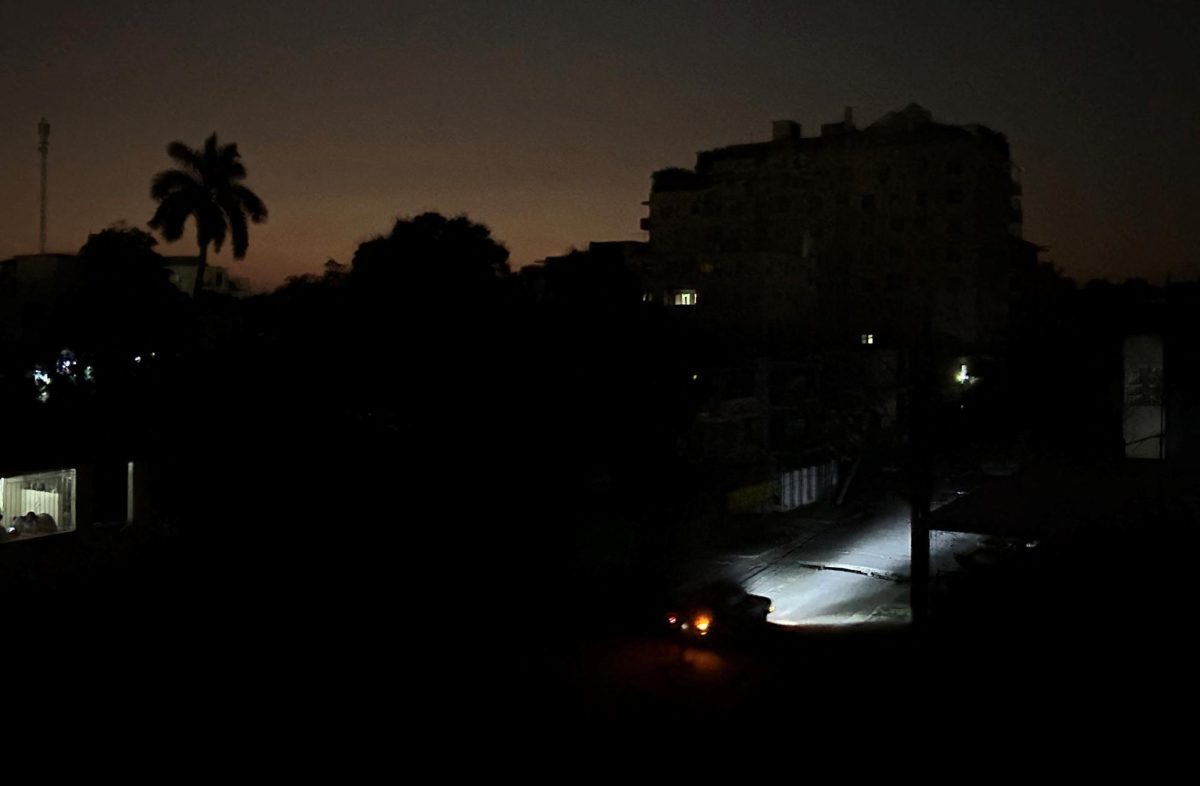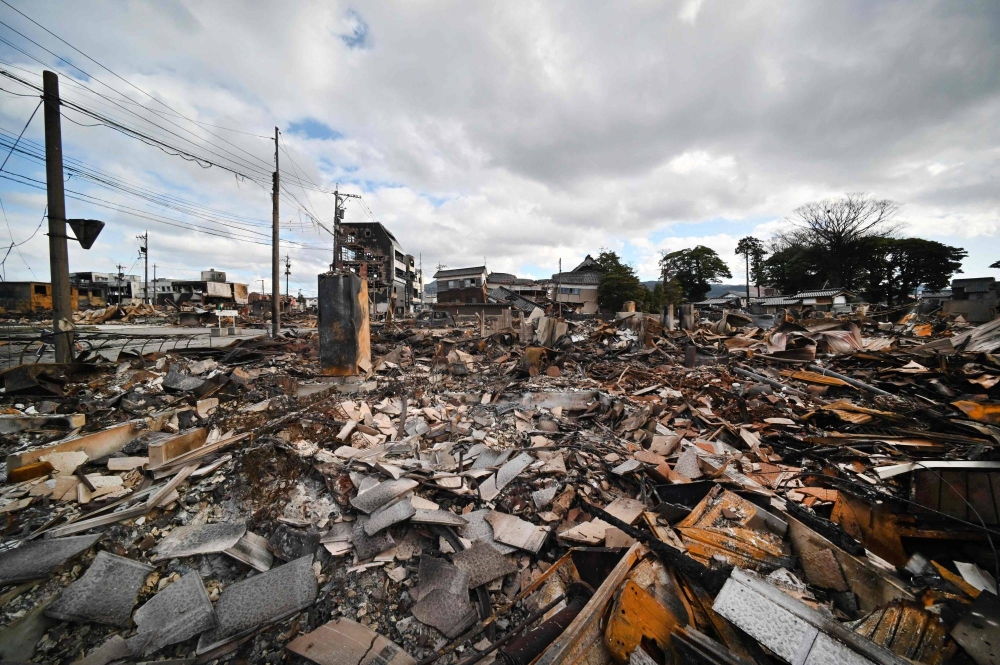Published Tuesday, the 6th Annual World Air Quality Report found out that air quality in Canada is worse than in the U.S. for the first time in the report’s history. “In 2023, air quality in Northern America was significantly influenced by extensive Canadian wildfires that raged from May to October, burning an area roughly half the size of Germany,” the report explained. “Consequently, 2023 marked the first instance in this report’s history where Canada surpassed the United States in regional pollution rankings.” Canada ranked 93rd in the list of worst air quality countries, with an average of PM2.5 concentration of 10.3 micrograms per cubic meter of air, which is considered between two to three times higher than the recommended level of WHO’s. Last year, 41 percent of Canadian cities recorded PM2.5 levels that were double compared to the WHO air quality guidelines because of the wildfires around the country. Only 23 Canadian cities did not go higher than those annual guidelines. According to the World Air Quality Report, some of the most air-polluted places in Canada are Edmonton, Prince Rupert(D.C) and Yellowknife.
PM2.5 are small but dangerous air particles that can include emissions from gasoline, oil, diesel fuel and burning wood. Those particles have a well-known health risk, they not only inflame and irritate the lungs, but experts say they can also cause cardiovascular issues like heart attacks and short or long-term neurological issues. “When you breathe them in, they can deposit deep into your respiratory system and they can actually pass from your lungs into the bloodstream,” said Thakrar, an environmental scientist at the University of Minnesota.
Dr.Hicks, a pediatric respirologist at Stollery Children’s Hospital in Edmonton, remarks that because children have a faster breathing rate, they are more likely to develop breathing problems due to the smoke. The doctor recommends parents and schools to develop action plans for smoky days. For example, recess could be indoors to prevent children from breathing too much smoke during physical activities. Health Canada estimates air pollution causes up to 15,300 young deaths every year in Canada. Wildfire smoke exposure is also linked to chronic conditions, like asthma and increases respiratory emergency room visits.
As the climate warms, there are going to be longer and more intense wildfire seasons, protecting our air quality will be on top of people’s worry because it is critical for the population’s health and development.


